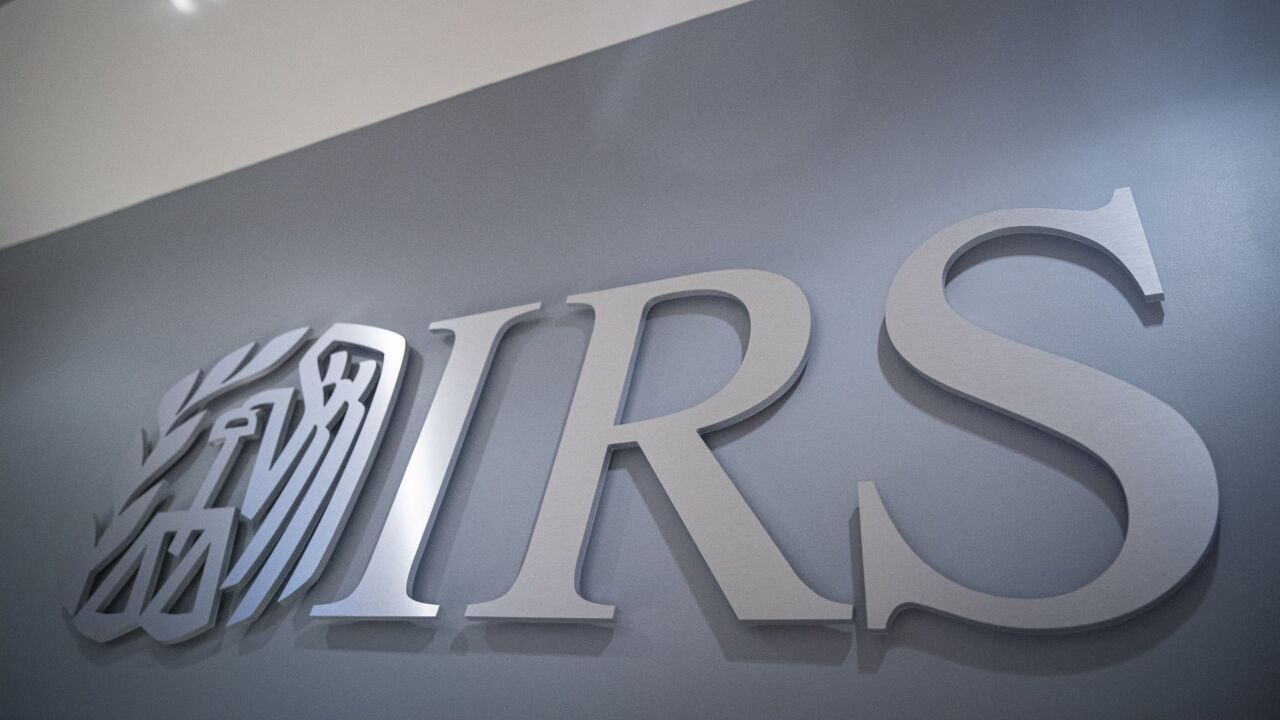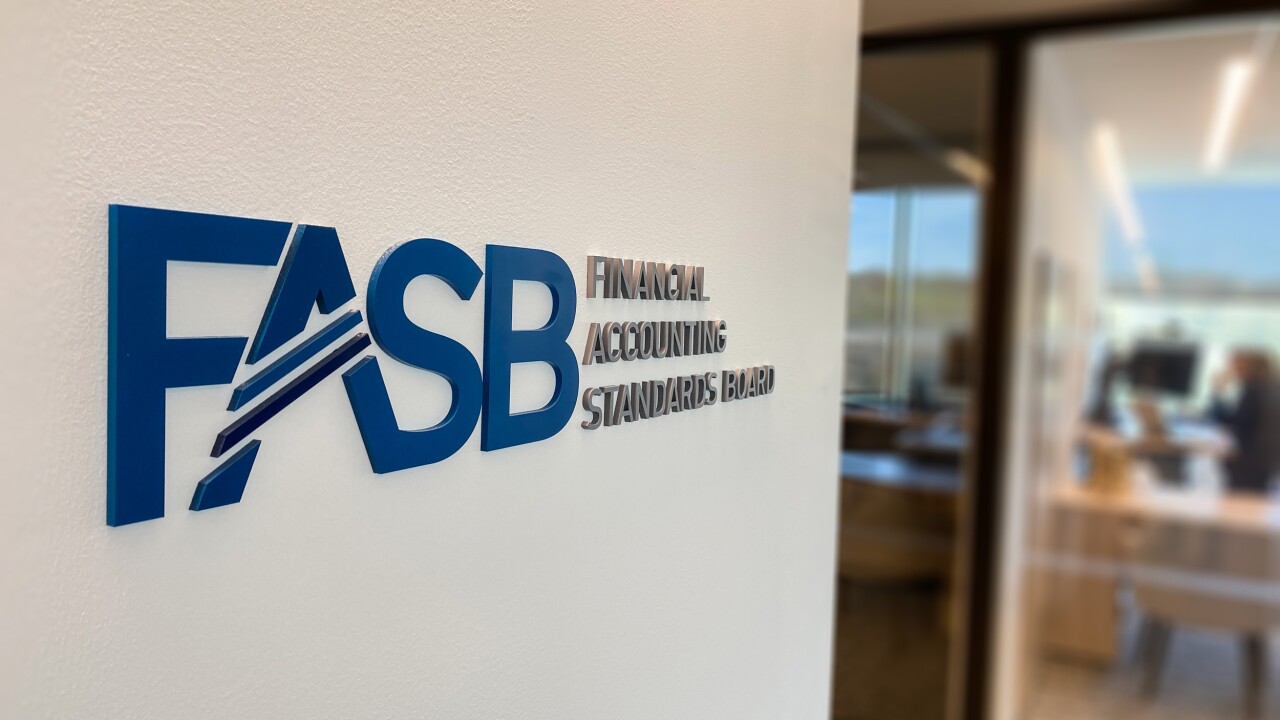In accounting firms today, engagement is more than a buzzword; it's a strategic imperative. Firms seek growth and want to attract and retain targeted clients and employees, and those goals hinge on fostering meaningful connections.
Here's why engagement is critical for firms today.
- Engagement enhances client loyalty. Clients want proactive advisors who offer value and insight. By fostering strong, engaging relationships through regular check-ins, tailored dashboards and educational workshops, firms can build loyalty, generate referrals, and sustain growth.
- Engagement drives innovation. An engaged community of clients and employees is a fertile ground for innovation. By crowdsourcing ideas or incentivizing solutions, firms can develop innovative service offerings, from subscription-based pricing models to advanced advisory and consulting services.
- Engagement attracts and retains talent. Engaged employees are more satisfied, productive and loyal. Gamified learning, clear career progression paths, and a culture of collaboration are just a few strategies to attract and retain the best talent with relevant skills.
- Strengthening community and reputation. Building a sense of community within your firm and with your clients creates advocates who amplify your brand. Firms that engage authentically with stakeholders establish themselves as leaders in their markets.
Strategies to boost engagement
You can integrate engagement into client services, employee experience, and overall strategy with these approaches.
1. Gamification for client and employee engagement. Gamification means applying game mechanics to nongame contexts, and it's a powerful tool for motivating desired behaviors. For example, to improve client engagement, you might introduce features like progress trackers in client portals to encourage timely document submission. You can also reward clients who meet deadlines with exclusive resources or incentives. Consider using gamified platforms for internal training, where employees earn points or badges for completing certifications, meeting milestones, or achieving goals.
2. Loyalty and incentive programs. Reward programs can deepen client relationships and increase retention. Incentives can include:
- Priority access to premium advisory and consulting services;
- Invitations to exclusive events or webinars; or,
- Discounts for long-term clients or bundled service offerings.
- Incentive competitions for employees, such as challenges to improve tax preparation processes or develop advisory tools, can also foster collaboration and creativity.
3. Digital reputation systems. Adapt the principles of platforms like Uber in your firm. Allow clients to rate their experiences and provide feedback. Transparency fosters trust and offers valuable insights for ongoing improvement.
4. Habit formation with the hooked model. Nir Eyal's "hooked model" outlines four key phases for habit creation: trigger, action, variable reward and investment. Firms can use this model to encourage client and employee engagement:
- Triggers. Set reminders for clients to submit documents or schedule planning sessions.
- Actions. Simplify processes with user-friendly tools like one-click uploads or integrated dashboards.
- Rewards. Offer tangible rewards like discounts or recognition in firm communications.
- Investment. Encourage deeper client engagement, such as subscribing to a visioning and strategic planning service or attending regular advisory and consulting sessions
5. Tailoring engagement for the accounting profession. Tailor your strategies to the unique needs of your clients and employees. For clients, offer proactive insights, customized services, and transparency. Business clients might value industry-specific dashboards, while individual clients might appreciate personalized financial planning guidance.
For employees, create a culture that values learning and collaboration. Tools like the Boomer Knowledge Network can gamify learning and performance.
6. Measuring and sustaining engagement. Implement metrics to evaluate the success of your engagement initiatives. Track indicators like client retention rates, revenue per client, revenue per full-time equivalent, employee satisfaction scores, and revenue growth. Experimentation and iteration are vital, so test different strategies, gather feedback and refine your approach.
Engagement as a virtuous cycle
Done right, engagement creates a self-reinforcing cycle. Loyal clients and motivated employees lead to innovation, improved services, and enhanced reputation, all of which drive further engagement.
For firm leaders, the message is clear: Engagement isn't optional; it's a competitive necessity. By embedding engagement into your firm's DNA, you can differentiate your services, build a thriving workplace, and secure your position as a leader in the profession. Start with a clear vision of your firm's purpose, understand the needs and wants of those you serve, and experiment with innovative approaches to engagement. By doing so, you'll not only meet today's challenges but also position your firm for long-term success in transforming the profession.
Explore resources like "Hooked" by Nir Eyal and the Exponential Organizations framework to deepen your understanding of engagement strategies and elevate your firm's impact. Engage meaningfully and watch your firm soar.
Think — plan — grow!





